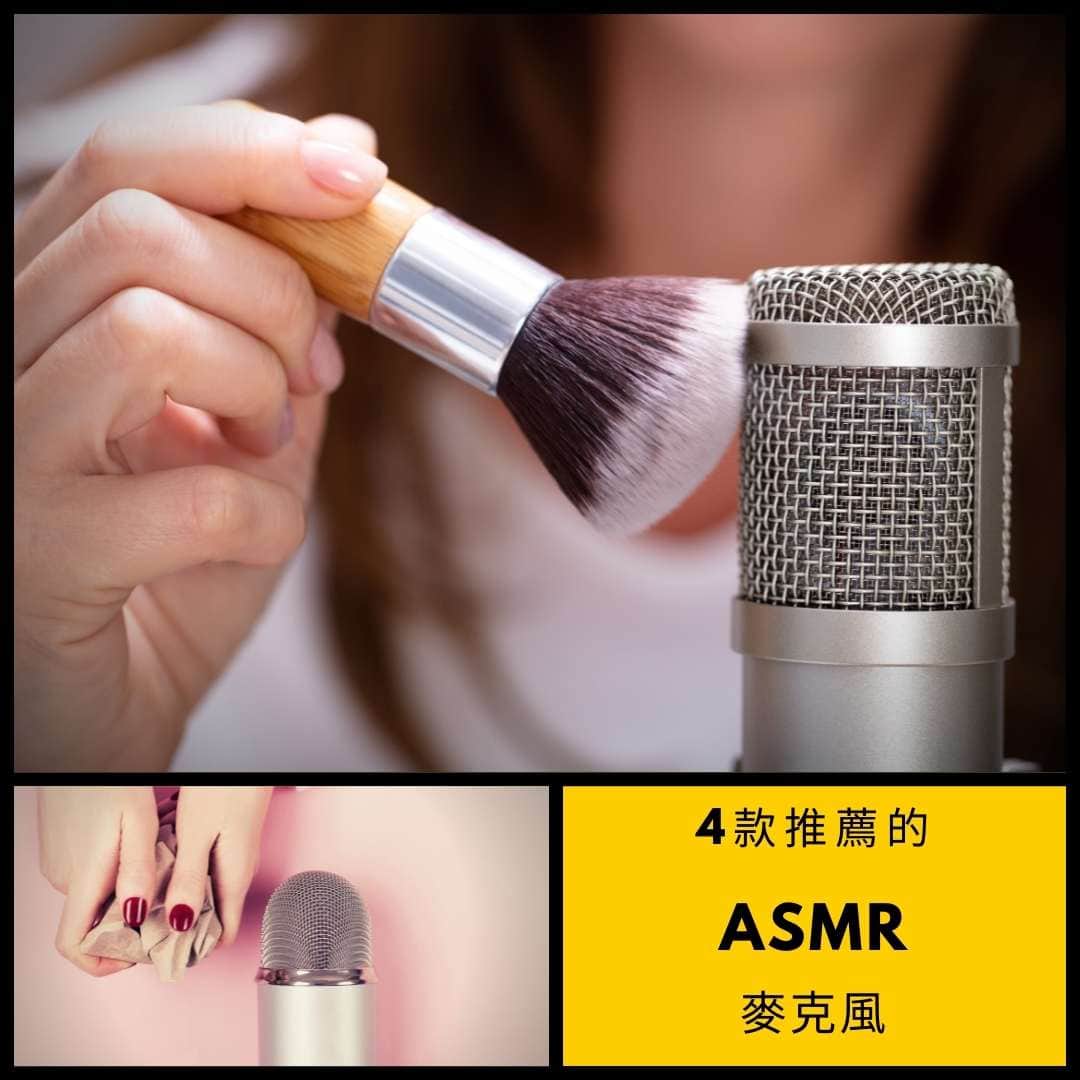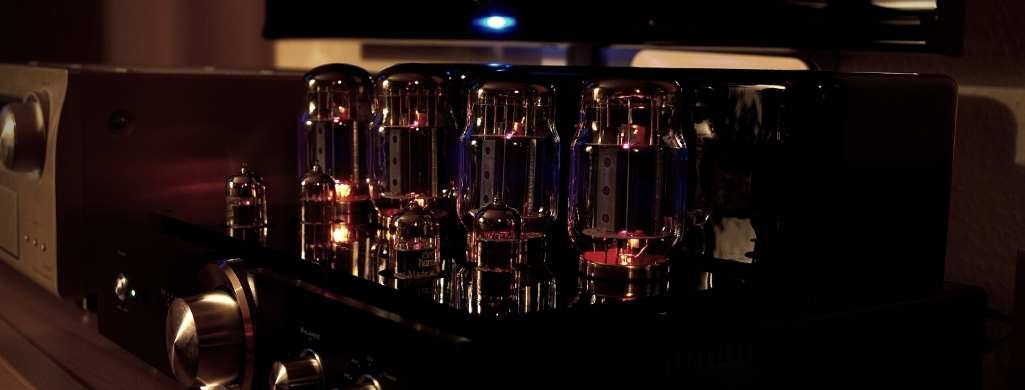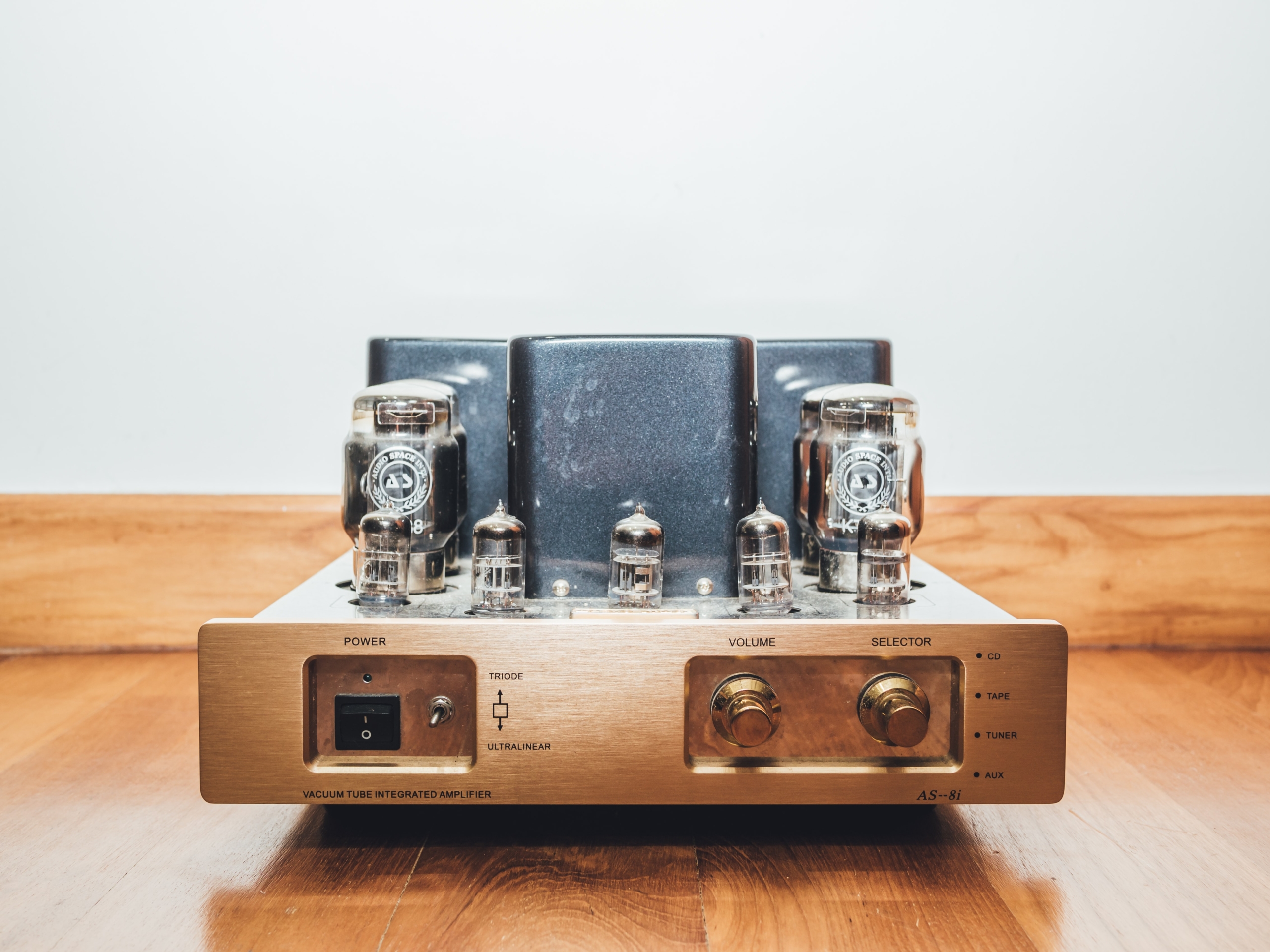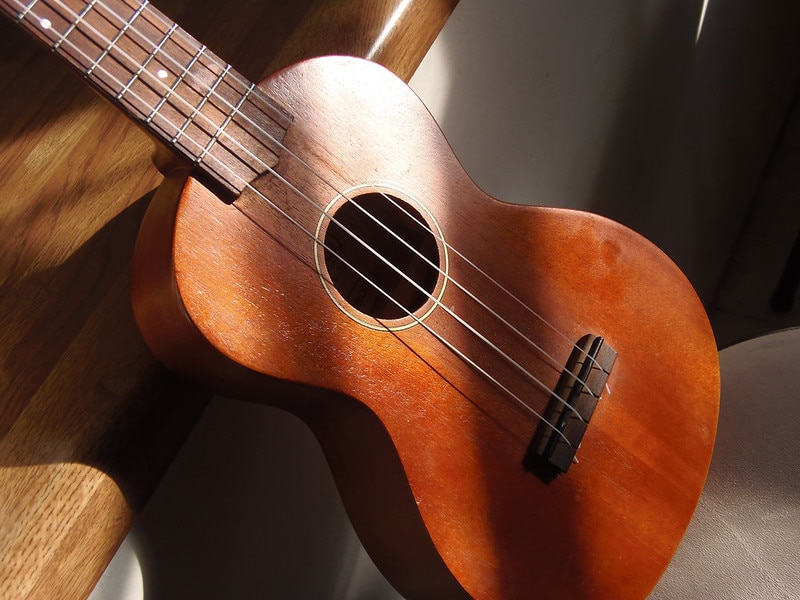
A Musician Guide to: Guitar Pedal Repair (It’s Easy!)
August 12, 2022
4款推薦的ASMR麥克風!【ASMR Mic購買指南】
August 16, 2022
If you’ve been playing your guitar in front of any considerable crowd for even half as long as I have, I’m sure you’ve encountered your fair share of problems during sound check.
Sometimes, it’s just a simple case of not tuning your guitar properly. But other times, the problem has to do with your tube amp — and this is where the trouble really starts.
If you need some guidance in getting a good guitar amp, might as well check out this article too:
A Quick Refresher on Tube Amps
Diagnosing tube amp problems and solving them yourself can be hard if you don’t have even a basic understanding of how tube amps work. So, let’s have a quick review first.
A tube amp is a type of amplifier that uses vacuum tubes or valves to amplify the signals created by your electric guitar. The tubes essentially perform the same function as transistors in modern solid state amps.

There are two types of tube valves in your tube amp. These are the preamp tubes and power tubes. The way the tube amp works is it passes the signals produced by the electric guitar’s pickups through the preamp tubes then through the power tubes. After that, the amplified signals come out of the speaker.

Common Tube Amplifier Problems
Tube amps or tube amplifiers as a whole aren’t particularly sensitive. I know from experience that these babies are built to last. High-end and expensive tube amps, in particular, can withstand a lot of stress that comes from lugging them around for gigs.
But while tube amps don’t break easily, it still happens. Playing regular gigs means you experience your fair share of tube amp issues. And when something is wrong with my tube amps, the problem is usually in the tubes or valves since they’re the most sensitive part of a tube amp.
The most common tube amp problems are usually one of the following:
- The amp doesn’t make a sound.
- There’s a signal but the amp makes weird, non-musical noises.
- The guitar audio sounds bad or distorted.
- The amp is too noisy or there’s a humming or buzzing sound.
- The amp volume is too low.
- There’s a burning smell coming from the tube amp.
- None of the amp’s effects work.
- The valves or tubes have an unusual color glow.
Diagnosing Tube Amp Problems
Here are a few questions you need to ask and things to check on your amp before opening it up and trying to fix it.
- What is wrong with the amplifier? Does it not turn on or does it make strange sounds? Try to find out the exact problem based on observation when you use the amp. This also helps eliminate non-issues. You’d likely get one of the eight problems I listed above.
- When does the issue happen? Does it happen every time or only some of the time? Knowing exactly when the problem occurs will help you narrow down how you can resolve it. If it happens only in certain locations, the issue may be because of the environment or surrounding electronics, instead of within its components.
- Did the amp start to malfunction right away or does it take some time? If the amp takes some time after being on and to start malfunctioning, there is a good chance that the issue is due to overheating.
- When was the last time you the amp worked properly? Answering this question helps me figure out when the amp started having problems or what may have caused it. If you lend out your amp, a good followup question to this is, “Who used the tube amp last?”
Safety Precautions Before Repairing Tube Amps
Let’s first take a moment to go over a few safety measures before trying to fix tube amps. Remember, electrical signals pass through the amp. Additionally, some components inside can store electrical charge even after you power it down and still electrocute you. To avoid this, it’s best to be aware of all the high voltage contact points in the circuit board.
More importantly, never work on a live amp or one that’s plugged into an electrical current. Turn it off and unplug it first and let it sit for a minimum of 15 minutes, as well. This will allow any charged components to discharge naturally.
Other safety tips and preparations include:
- Wear rubber gloves to serve as insulator and extra protection.
- Take off any Jewelry you’re wearing, especially metal ones on your hands.
- Wear safety glasses to protect your eyes.
- Never touch or replace tubes with the amp running and connected to power.
Common Fixes to Common Tube Amp Problems

There are several possible ways you can try to fix an amp problem. Whenever I troubleshoot, it’s usually a case of trial and error. Today, I’ll be giving a few different potential solutions you can try for four of the most common tube amp issues.
Amp Doesn’t Make a Sound
If you can’t hear any guitar audio, always double check whether the tube amp is properly connected to power, switched on, and has the volume up.
Here’s what else you can do:
- Try changing guitars or guitar cables.
- Check the speaker and speaker connections. Your speaker might be completely blown or maybe the wiring has deteriorated.
- Check for dirty or bent FX loop jacks. Try plugging a guitar cable or jumper going from the FX Out to the FX In. If this does not fix the issue, clean the jack contacts and switch contacts.
- Try turning up the volume on full blast first to see if there are any other sounds, like a hissing or humming noise.
- If you hear some non-guitar audio sound after turning up the volume, the problem is most likely somewhere in the preamp tubes.
Amp Makes Weird, Non-Musical Noises
Trace where the strange sounds come from first. Additionally, determine what kind of noise the amp is making.
Here’s what else you can do:
- For random crackles and popping sounds, check all the preamp tubes. Remove them one at a time and check if the noise is still there. If it is, put the tube back and move to the next one. If the noise disappears, replace the tube you removed with a new one.
- For occasional static sounds, pops, whooshes, or humming noise, check if the tube sockets are loose or dirty. Clean it out with a contact cleaner if it is dirty. If it’s loose, you can try to retension the socket by nudging the clamps back towards the center of the tube socket.
- For crackling static noise that starts or goes away when the amp warms up, you may have a weak solder joint or another weak component. Freeze spray may help cool them down but be careful when using it.
Guitar Audio Sounds Bad Or Distorted
Some of the common solutions for bad guitar audio are the same for when your amp doesn’t make any sound at all. Check for bad tubes and dirty FX loop jacks first, as well as faulty speaker connections.
Here’s what else you can do:
- Open up the amp and check for any loose connections or disconnected components.
- Check if the solder joint is overheating. Use freeze spray to cool them if it is and check if the noise changes when you do so.
- Check your output transformer. Measure the lead resistance or friction between the wires of each power tube. The shorted primary winding should measure below 10 ohms while the secondary wires should be below 1 ohm.
Tubes Glow an Unusual Color
It is normal for the tubes to have a yellow-gold or slight yet warm orange glow. This is because of the hot filament inside. However, the base of the tube should not glow and instead remain a dark color.
Here’s what different colors mean:
- If the power tube glows blue, there’s nothing wrong with it or the amp. The blue glow is just a side effect of tubes that have good vacuum or space inside.
- If some components inside the tube glow purple, there may be a leak in the tube, especially if the purple glow is around the wires. In such cases, throw and replace the tube right away.
- If the metal plate of the tube glows, do not ignore it — even if it does not affect your sounds. Make sure to turn off the tube amp immediately as the red glow means it’s overheating. This is usually because of an incorrect tube bias setting.




